
One joy of summer is the butterflies that flit around our flower gardens. They do not mind the heat as long as they have plenty of moisture and nectar-rich flowers. There are many flowers that butterflies like best, both annuals, perennials, and even some shrubs. Among them are many of the common garden varieties that we have loved and grown for years with some that are perhaps lesser-known to many gardeners.
Common Garden Butterflies

Some of the butterflies you may see this summer are common all over North America. These include monarchs (Danaus plexippus), swallowtails (Papilio spp.), great spangled fritillaries (Speyeria cybele), American painted ladies (Vanessa virginiensis) and painted ladies (Vanessa cardui), spring azures (Celastrina ladon), and red admirals (Vanessa atalanta). And of course, gardeners can always expect some destructive but pretty cabbage whites (Pieris rapae), especially if they grow cabbage, kale, or other brassicas. Keep a lookout for others, but these are butterfly visitors that most gardeners will see. It also pays to get to know their caterpillars or larvae, so you don’t accidentally kill any. (Click here for a simple visual guide.)
About Butterfly Flowers

Butterflies are not too picky about where to get their nectar, but there are a few flower traits best suited for butterfly pollination (psychophily). In general, butterflies have a sense of smell, sharp color vision, long curled tongues (proboscis), and they must land and perch to feed. That means butterfly flowers are scented to varying degrees, brightly colored, have tubular nectaries perfect for a butterfly’s proboscis, and are shaped for perching and feeding.
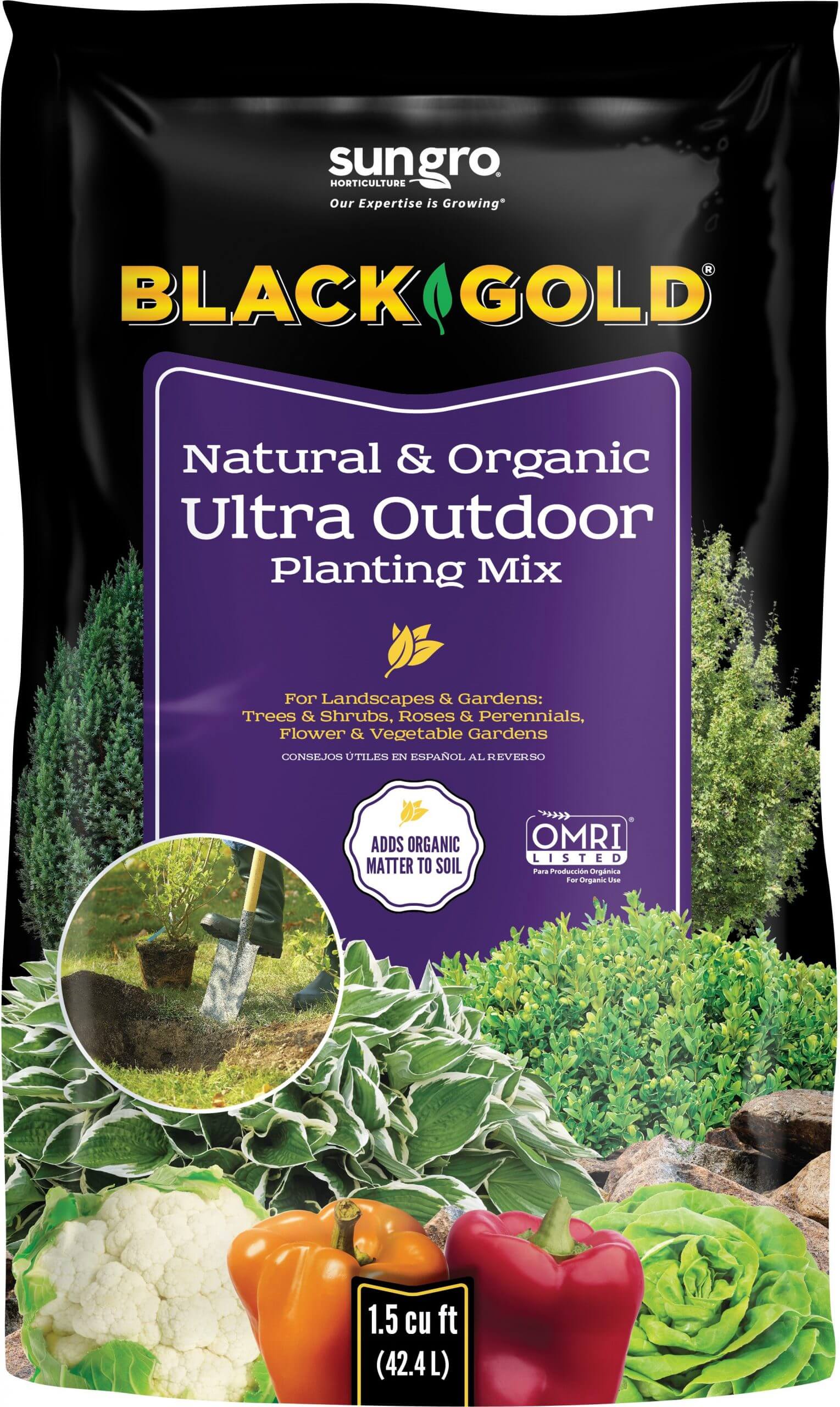 Some favorite butterfly perennials are black-eyed-Susans (Rudbeckia spp.), blanket flowers (Gaillardia x grandiflora), phlox (Phlox spp.), bee balms (Monarda spp.), coneflowers (Echinacea spp.), butterfly weeds (Asclepias spp.), and tickseeds (Coreopsis spp.). Annuals include common cosmos (Cosmos bipinnatus), lantana (Lantana camara), Egyptian starcluster (Pentas lanceolata), marigolds (Tagetes hybrids), sunflowers (Helianthus annuus), verbenas (Verbena hybrids), and zinnias (Zinnia hybrids). These flowers are largely sun-lovers that grow well in average to fertile soil boosted with an organic amendment, like Black Gold Natural & Organic Ultra Outdoor Planting Mix, which is also ideal for container plantings.
Some favorite butterfly perennials are black-eyed-Susans (Rudbeckia spp.), blanket flowers (Gaillardia x grandiflora), phlox (Phlox spp.), bee balms (Monarda spp.), coneflowers (Echinacea spp.), butterfly weeds (Asclepias spp.), and tickseeds (Coreopsis spp.). Annuals include common cosmos (Cosmos bipinnatus), lantana (Lantana camara), Egyptian starcluster (Pentas lanceolata), marigolds (Tagetes hybrids), sunflowers (Helianthus annuus), verbenas (Verbena hybrids), and zinnias (Zinnia hybrids). These flowers are largely sun-lovers that grow well in average to fertile soil boosted with an organic amendment, like Black Gold Natural & Organic Ultra Outdoor Planting Mix, which is also ideal for container plantings.
My Favorite Butterfly Flowers
Tall Garden Phlox
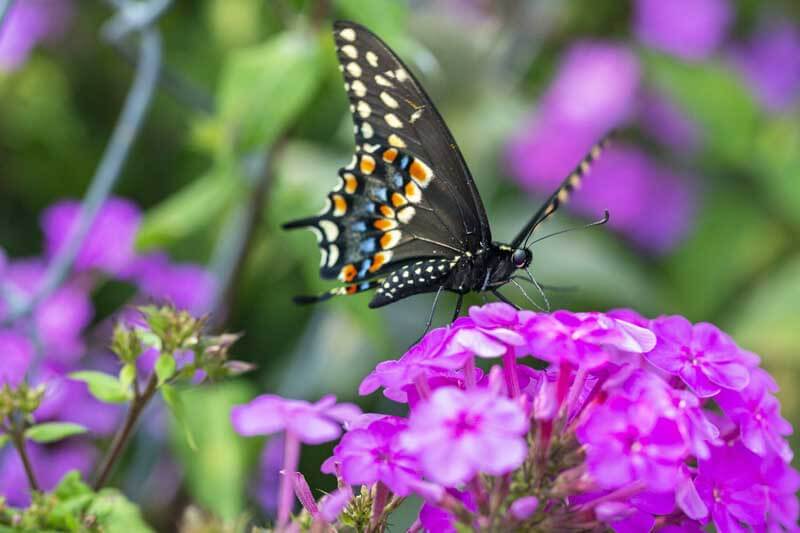
One of my favorite perennials is tall garden phlox (Phlox paniculata, Zones 4-8), which in the olden days was called the backbone of the garden. When I moved to my current house 31 years ago, there were already some old-fashioned tall phlox around the 1885 home, and I have let them gently spread. But, now there are so many outstanding new varieties, I can’t resist planting more. One of these is ‘Cloudburst’ by Proven Winners. It blooms for 12 weeks, longer than most tall phlox, is fragrant, mildew resistant, and forms a mound of very intense purple-pink flowers. ‘Cloudburst’ gets 28 inches tall and 40 inches wide and needs full to half-day sun to flower best.
Coneflowers

Coneflowers are currently very popular, so of course, breeders work hard to bring us new varieties every year. One of the best is Kismet® Red (Zones 4-8), a stunning new coneflower, with large, scarlet-red flowers that are held on stalks only 18 inches tall and 24 inches wide. It keeps putting out fresh, fragrant blooms all summer, and it is drought-tolerant and deer-resistant. ‘Kismet Red’ needs full to half a day sun and is an excellent choice for bouquets. Color Coded™ ‘Orange You Awesome’ (Zones 4-8) is another great selection with a long blooming season and tangerine-orange flowers that bloom on 18- to 22-inch stems
Beebalms
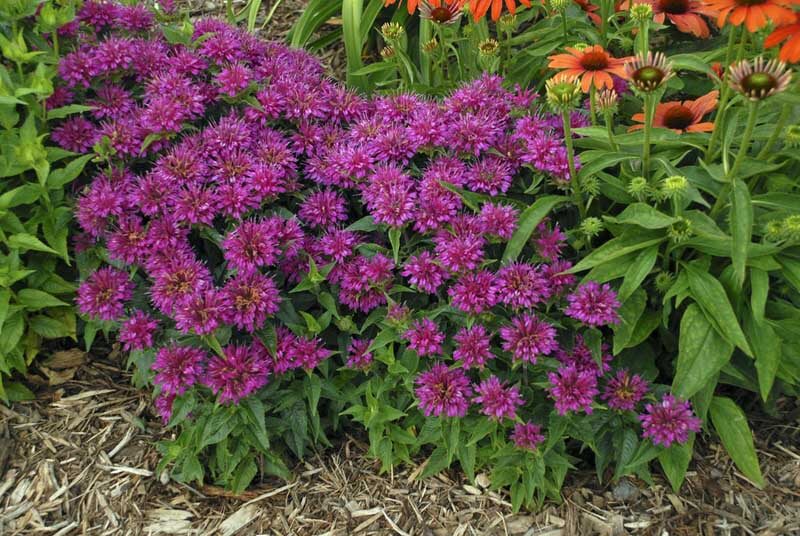
The tall scarlet beebalm ‘Jacob Cline’ (Monarda didyma ‘Jacob Cline’, Zones 4-8) does double duty because it attracts butterflies and hummingbirds. Mine is blooming now, and its many red flowers are gorgeous. Most bee balms get up to 3 feet tall or more, but there is a new Pardon My Series, by Proven Winners that is much shorter and a good front-of-the-flower-bed plant with varieties of cerise-red, pink, purple, and lavender. ‘Pardon My Purple’ (Zones 4-8) is the most colorful with many flowers or purple-red on plants that are only 12 to 16 inches tall and 12 inches wide. Since bee balm is in the mint family, it is very fragrant (both leaves and flowers) making it deer-resistant—plant in full to partial sunshine.
Milkweeds
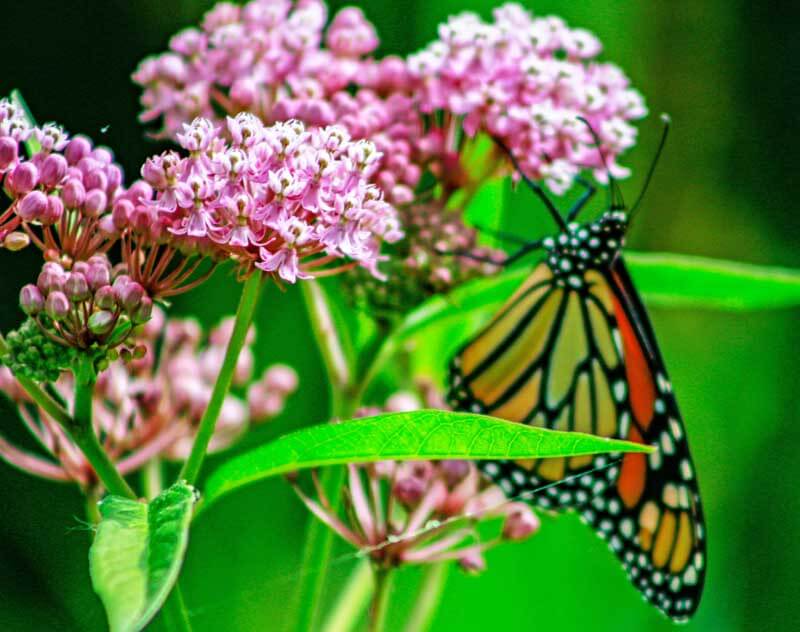
There is a much-loved but threatened butterfly that is very selective about the plants it lays its eggs on, the monarch. Adults feed on all the flowers listed above, but the caterpillars only consume milkweed (Asclepias spp.) because milkweeds arm the caterpillars and butterflies with a bad-tasting toxin that protects them from predation. There are two kinds of perennial milkweeds that I love in the garden, the orange-flowered butterfly weed (Asclepias tuberosa, Zones 4-10) and pink-flowered swamp milkweed (Asclepias incarnata, Zones 3-8). The species are beautiful, but there are new varieties that are fancier than just the plain wildflowers. Golden butterfly weed ‘Hello Yellow’ (Zones 3-9) is pretty and easily grown from seed, and the pretty pink ‘Cinderella‘ (Zones 3-9) swamp milkweed has vibrant color and nice fragrance.
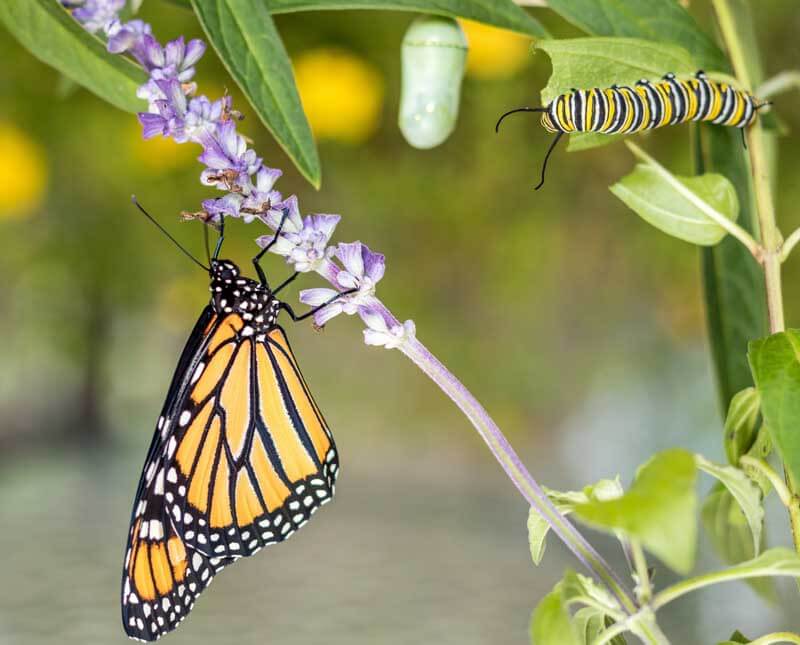
Monarchs are the only butterflies that migrate, some flying as many as 3,000 miles to overwinter in Mexico. When spring arrives, they mate, and the females leave the males behind, start flying northward in the second week of March and continue their migration as the weather warms. Wherever they decide to stop, whether in Florida or Canada, the females begin to lay eggs, producing 3 to 4 new generations each year. When the weather cools, the monarchs begin to fly southward again where they overwinter in the forests of coastal California, and, more famously, the high-elevation oyamel fir forests of Mexico.
The Monarch population is down by 90 percent. The main reasons are loss of habitat, with more land being built up and used for agriculture, and pesticides. So, please consider planting some milkweed in your flower garden this year.

